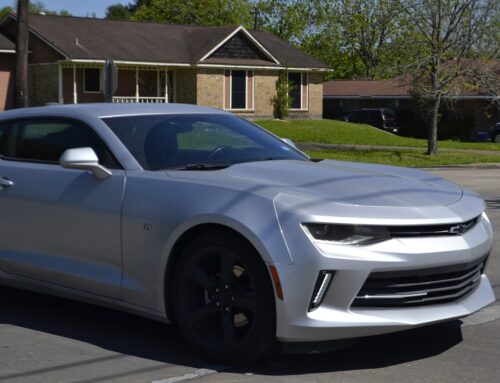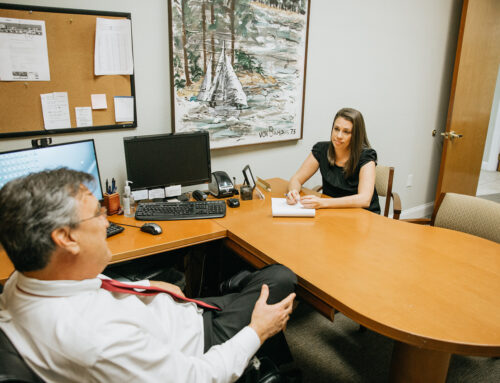If you are considering a Chapter 13 bankruptcy, your situation is already challenging. While the opportunity for a fresh start and a new beginning is attractive, you may be wondering if you will be placing yourself in an even more precarious financial position. Therefore, it is important to understand just how a Chapter 13 bankruptcy filing will affect you in the future – what does life look like after a personal bankruptcy?
Choosing Chapter 13 bankruptcy over Chapter 7 bankruptcy typically means that you have a reliable income and are capable of paying back at least a portion of your debts through a repayment plan. In Chapter 7, your non-exempt belongings will be liquidated. In Chapter 13, you retain your assets and structure a repayment plan with creditors.
The Filing Process
Once a debtor files the Chapter 13 bankruptcy paperwork, they will be assigned a bankruptcy trustee to establish a repayment plan. The repayment schedule will be spread out over a three to five year period, during which time creditors are typically forbidden from pursuing collection efforts against you.
A discharge of your debt occurs when you complete the repayment plan successfully. However, there are some types of debt which cannot be discharged according to bankruptcy law, such as alimony or child support obligations.
There are some unique circumstances in which a hardship discharge may be granted even if the repayment plan was not completed successfully. However, this is a complex subject and should be discussed with a qualified bankruptcy attorney.
Life After Chapter 13 Discharge
As stated, some debts are required to be repaid even after a Chapter 13 discharge, including student loans, alimony, child support, personal injury claim judgments for intentional conduct, and any penalties for criminal convictions. Once you account for these debts and have received your discharge, read through these tips to get your life back on track.
* Monitor your credit report to make sure debts have been discharged, and there are no errors. Watch also for any unauthorized activities.
* Make sure your bankruptcy has dropped off your credit report (within 2-4 years after discharge, depending on whether you filed a 3-year Plan or 5-year Plan)
* Begin to rebuild your creditworthiness
* Review your credit counseling and financial management materials
* Keep to a strict budget to ensure debts are being paid. This may require a change in spending habits, such as reducing expenditures for non-essential needs.
* Include an emergency fund in your budget if possible, to cover unexpected or unplanned expenses in the future.
Chapter 13 bankruptcy allows you to reduce your obligations to creditors, pay back your debts over a structured and manageable time frame, and retain your possessions – such as your car. However, it does require diligent efforts both to repay the agreed upon amount and keep up to date with your undischarged debt.
It is entirely possible to have a successful and comfortable life after Chapter 13 bankruptcy, but you should seek professional advice to make sure that all your bases are covered. If you live in the Sarasota area and are seeking relief from a bankruptcy filing, call the law firm of Richard V. Ellis today.
Our team of dedicated and professional bankruptcy professionals can help you set up your best possible future and life after bankruptcy.





